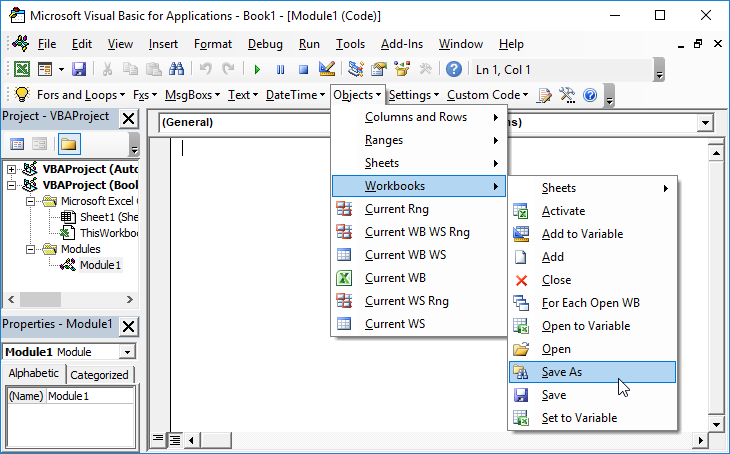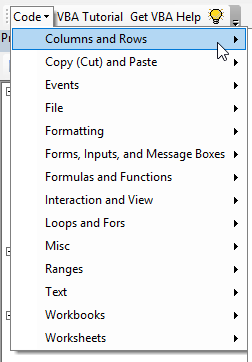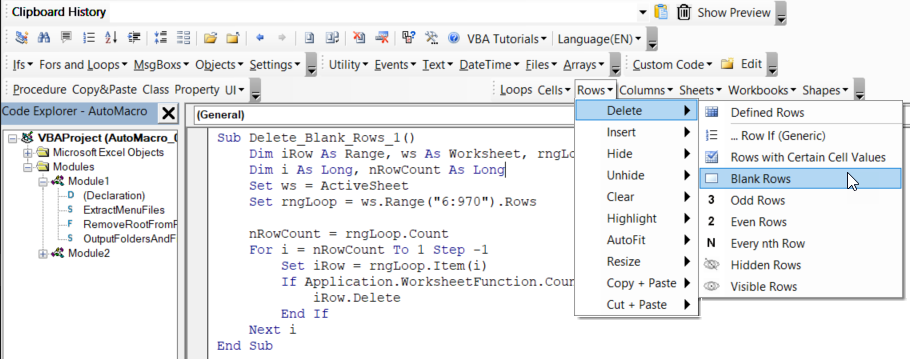VBA – Remove Duplicates From Array
Written by
Reviewed by
This tutorial will teach you how to remove duplicates from an Array in VBA.
Remove Duplicates
The easiest way to remove duplicates from a VBA Array is to assign the array values to a VBA Collection and then pass the values back to an Array. Collections don’t allow duplicate values and thus using a Collection, we can remove duplicates from an array. We’ve created a function to perform this task:
Function ArrayRemoveDups(MyArray As Variant) As Variant
Dim nFirst As Long, nLast As Long, i As Long
Dim item As String
Dim arrTemp() As String
Dim Coll As New Collection
'Get First and Last Array Positions
nFirst = LBound(MyArray)
nLast = UBound(MyArray)
ReDim arrTemp(nFirst To nLast)
'Convert Array to String
For i = nFirst To nLast
arrTemp(i) = CStr(MyArray(i))
Next i
'Populate Temporary Collection
On Error Resume Next
For i = nFirst To nLast
Coll.Add arrTemp(i), arrTemp(i)
Next i
Err.Clear
On Error GoTo 0
'Resize Array
nLast = Coll.Count + nFirst - 1
ReDim arrTemp(nFirst To nLast)
'Populate Array
For i = nFirst To nLast
arrTemp(i) = Coll(i - nFirst + 1)
Next i
'Output Array
ArrayRemoveDups = arrTemp
End Function
Sub ArrTest()
Dim strNames(1 To 4) As String
Dim outputArray() As String
Dim i As Long
Dim item As Variant
'Set Initial Array Values
strNames(1) = "Shelly"
strNames(2) = "Steve"
strNames(3) = "Neema"
strNames(4) = "Steve"
'Call Dup Function
outputArray = ArrayRemoveDups(strNames)
'Output values to Immediate Window (CTRL + G)
For Each item In outputArray
Debug.Print item
Next item
End SubNote: In the example we forced our Array to start at 1 (not 0). If your array starts at 0 you will need to modify the code slightly.
Notice that we convert the array contents to a string. If necessary, you could convert the strings back to integers after the process is complete.
VBA Coding Made Easy
Stop searching for VBA code online. Learn more about AutoMacro - A VBA Code Builder that allows beginners to code procedures from scratch with minimal coding knowledge and with many time-saving features for all users!
Learn More!



